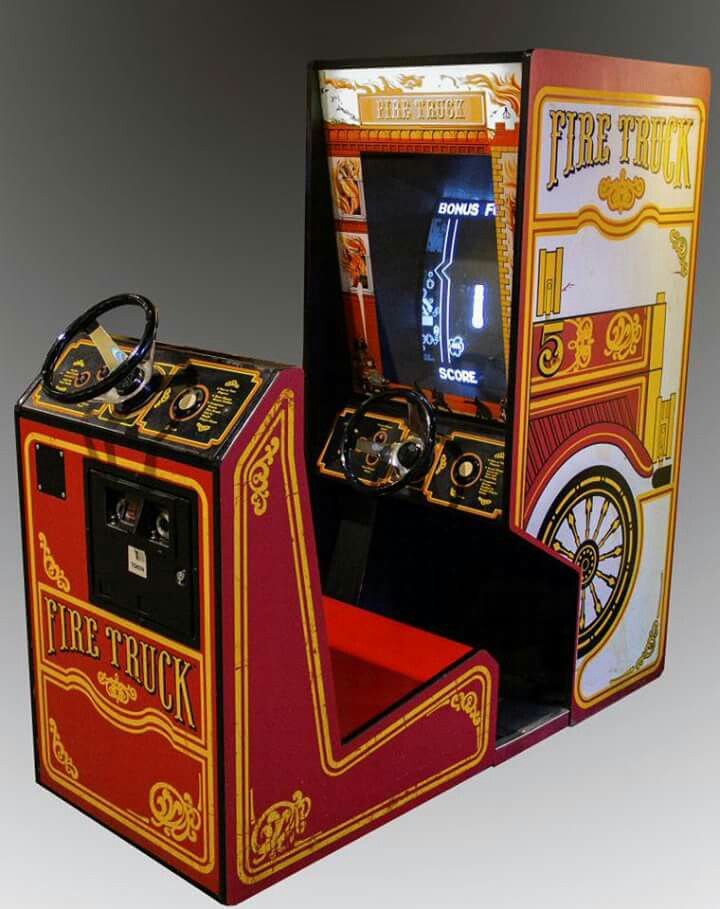
Fire Truck
Arcade / Atari, Inc. 1978
Fire Truck is a classic arcade game developed by Atari, Inc. in the late 1970s. Released in 1978, the game is known for its innovative use of a steering wheel and cooperative gameplay, allowing two players to work together to navigate a fire truck through a maze of city streets while attempting to extinguish virtual fires.
The development of Fire Truck can be traced back to the late 1970s when Atari, Inc. sought to create an engaging and unique arcade experience. Designed by Howard Delman and Dave Theurer, the game introduced a steering wheel controller and two seats, fostering collaboration between players. The goal was to simulate the challenges of firefighting in an urban environment, offering players an immersive and dynamic gaming experience.
Upon its release, Fire Truck received positive reviews for its innovative gameplay and cooperative mechanics. The combination of skillful navigation and teamwork resonated well with players, making it a popular choice in arcades during the late 1970s and early 1980s. The game’s success contributed to Atari’s reputation as a pioneering force in the arcade gaming industry.
Fire Truck maintained its classic arcade format and did not undergo significant transformations or adaptations. However, it inspired later games that explored similar themes of cooperation and vehicle simulation. While not directly related, titles like Emergency Call Ambulance and Crazy Taxi drew inspiration from the innovative gameplay introduced by Fire Truck.
Due to its age and the natural attrition of arcade cabinets, Fire Truck is considered a rare find in today’s collector’s market. The limited number of surviving units contributes to its rarity, and its value can vary based on factors such as condition, functionality, and the presence of original parts.
Fire Truck is powered by Atari’s custom hardware, featuring a dedicated circuit board, steering wheel controller, and a unique two-player control setup. The game employs monochrome graphics and simplistic sound effects to maintain a focus on gameplay. In the event of malfunctions, enthusiasts can refer to the game’s schematics, which include detailed information about its hardware components, enabling repairs and restoration by dedicated arcade enthusiasts and technicians. Key components for potential repairs include the steering wheel mechanism, display circuitry, and the control interface.


